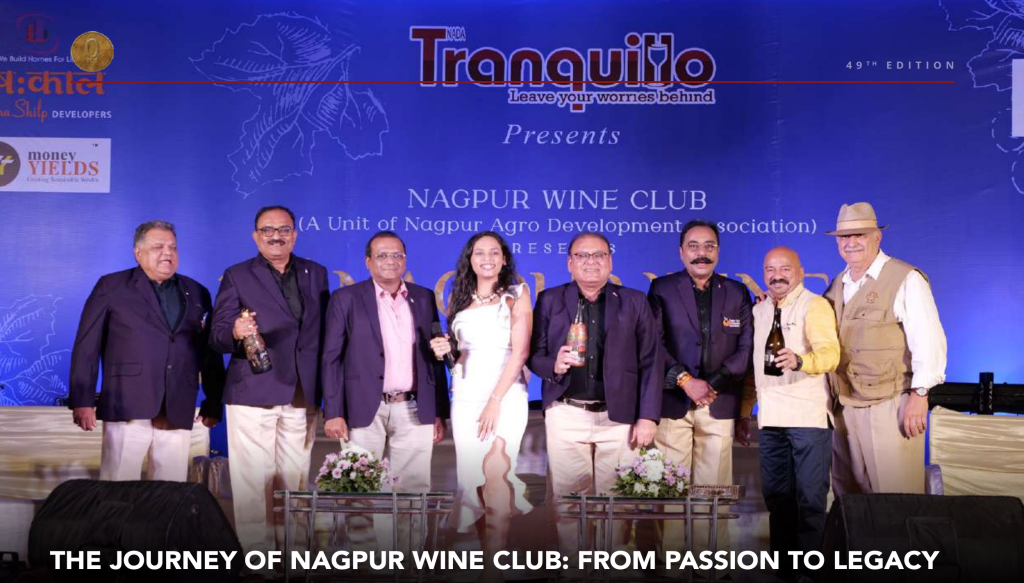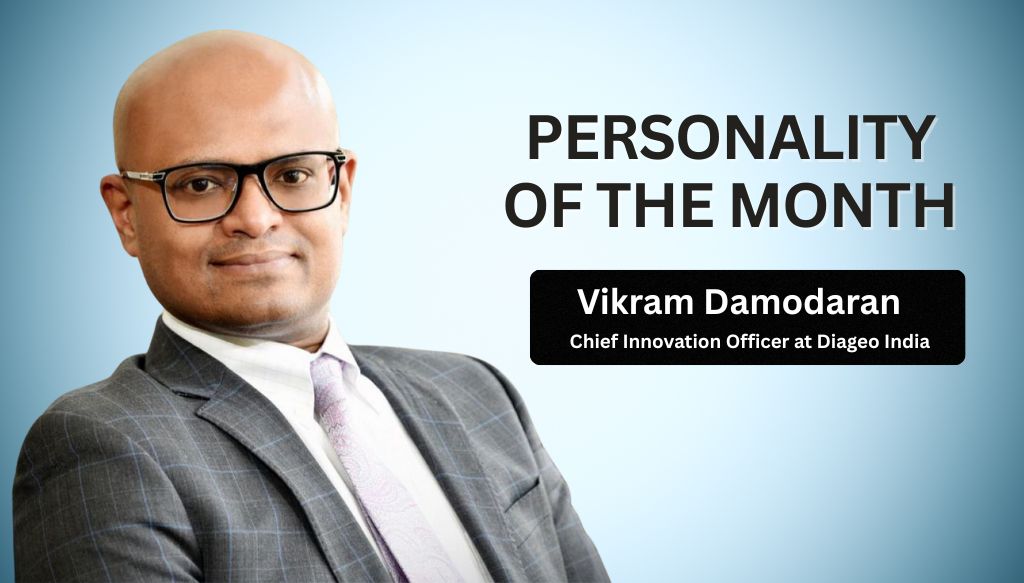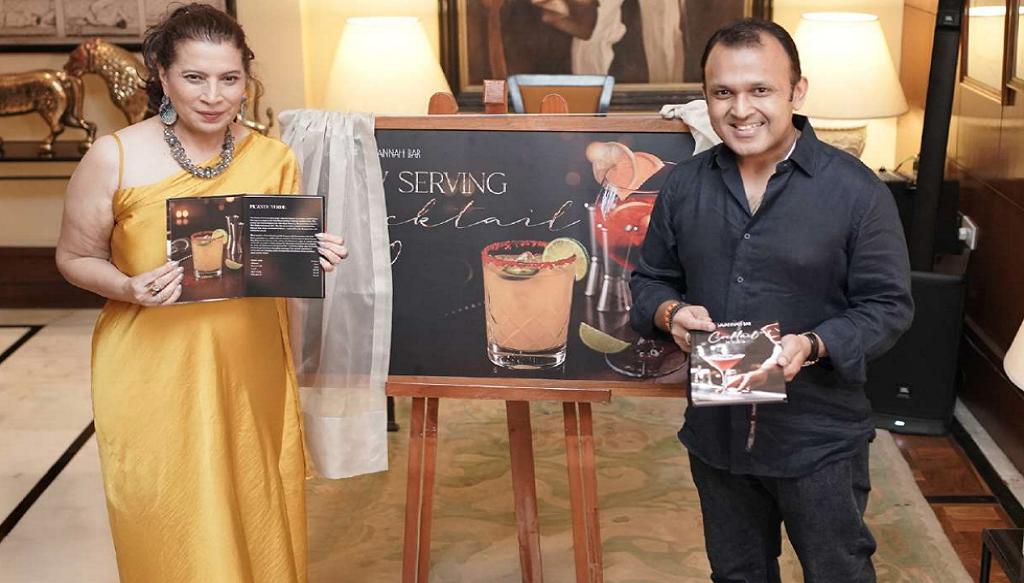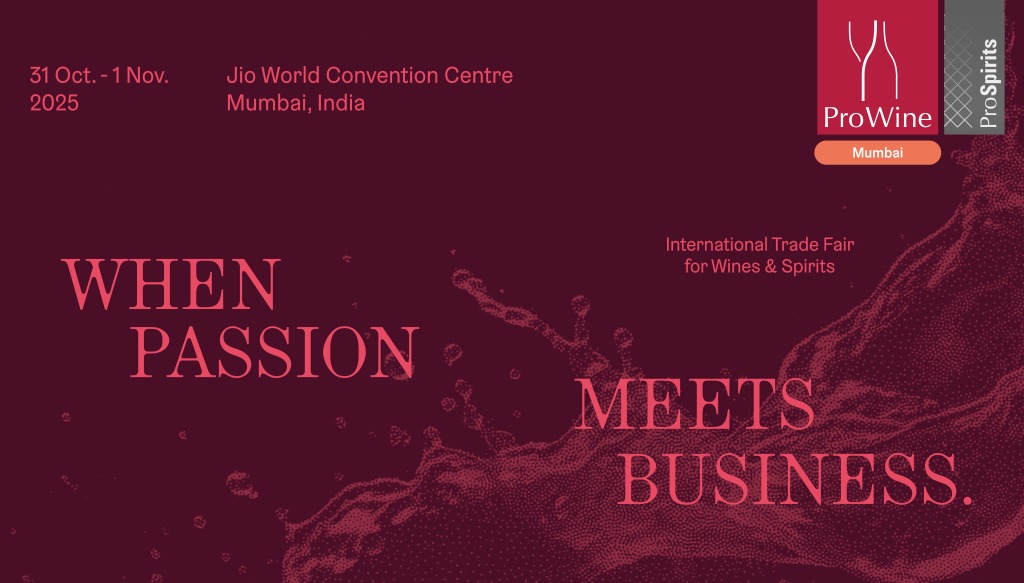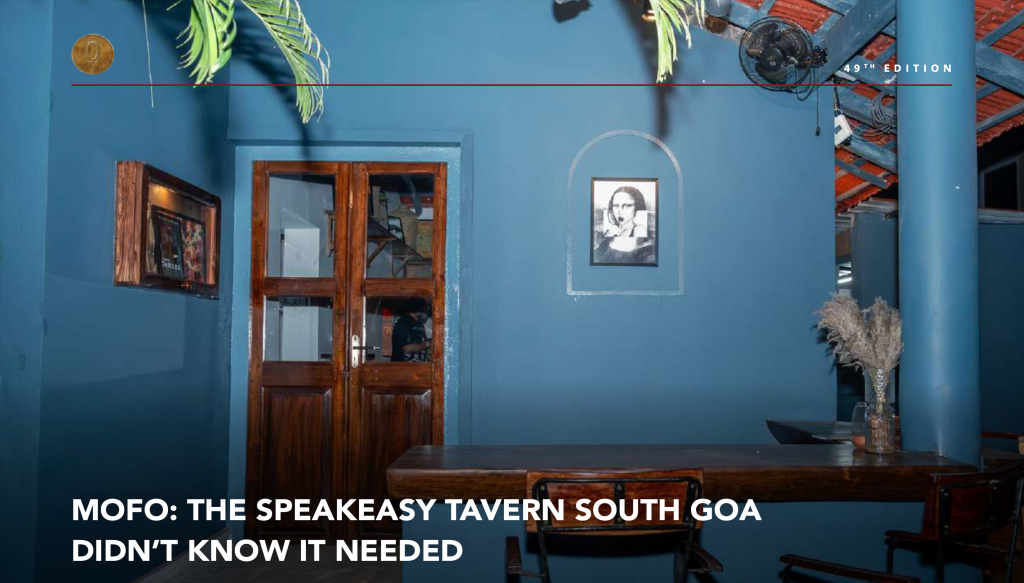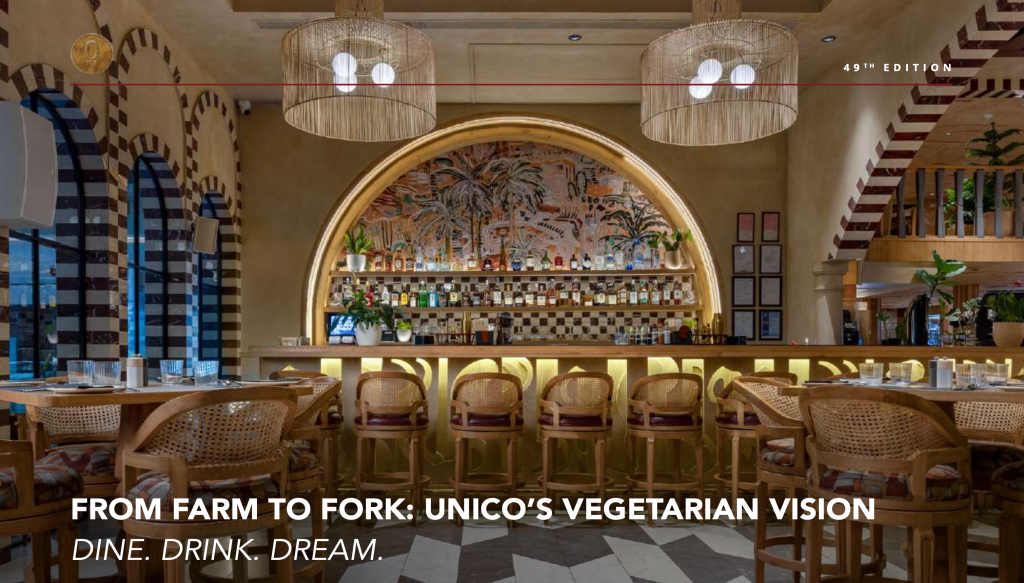BREWING BEYOND BOUNDARIES: MEGHA DALIMBE’S STORY Nivedita Bhalla In house curator (WSCI)Wine & Spirits Club of India If beer had a patron goddess, she might look suspiciously like Megha Dalimbe. Instead of sitting on a throne, however, she would probably be fiddling with pH meters, adjusting mash temperatures and making sure the head on your pint stands proud and perfect. Megha’s story isn’t the straight highway you’d imagine; it’s a trail of stubborn choices, science textbooks and a quiet but consistent refusal to fit into the moulds that others kept handing her.From a child glued to the Discovery Channel, wide-eyed and learning how things work, to defying her Army dad’s expectations and becoming the only woman working in Goa’s legendary King’s Beer brewery, to later stepping into the role of master brewer at Byg Brewski, Megha has spent the last six years crafting beers that people in Bangalore are glad to queue up for.But here’s the thing: Megha’s journey is inspiring not because she’s a woman in a male-dominated field, though that’s certainly unusual in India, but because she never wore the mantle of “pioneer” too heavily on her shoulders. When I asked her about challenges, she didn’t invoke grand feminist manifestos or dramatic battle cries; she spoke instead of the small, everyday 39 negotiations: entering male-only spaces, brushing off second glances, making subtle trade-offs and enduring with a straightforward “itna toh karna padta hai” (you have to do this much at least). That phrase says it all, doesn’t it? Women, often through conditioning, absorb a hundred tiny cuts in their careers and still get on with it. What floored me was her casual demeanour while talking about it all, a sharp contrast to narratives we often hear from men in brewing, whose journeys, though difficult, usually don’t require quite as much unpaid emotional labour. Those invisible adjustments never make it into résumés, but they define the texture of one’s career more deeply than certificates or placements.Discovering the Craft Brewing at its core is chemistry in a frothy disguise. Sugars dance with yeast, proteins wrestle with heat, water adds its subtle accent and temperature is the conductor, making sure no one goes off-key. Megha, with her B.Tech in Chemical Engineering, was already learning the grammar of this language; what she did next, however, was unusual for most Indian students of her generation: instead of chasing software jobs or an airline career, she Googled her way into a degree no one in her family circle had even heard of: an M.Sc. in Wine, Brewing and Alcohol Technology from the Gargi Institute in Nashik.At the time, it was one of the very few Indian programs dedicated to brewing and distillation. “Even I assumed at first there was no option but to go abroad,” she laughed, remembering how her classmates scrambled to apply to overseas universities during the global recession. She chose differently, and this decision turned out to be pivotal.Here’s the bigger issue: India has an abundant supply of breweries and jobs; what we lack is awareness. The gap between perception and reality is stark. India’s alcohol market in 2025 is valued at around $60 billion and is projected to cross $101 billion by 2032. Per capita consumption rose from just 1.3 litres in 2005 to 3.1 litres in 2022. By 2023, the beer industry alone had created over 1.3 million jobs. Growth is no longer limited to the big metro cities either; smaller tier-2 and tier-3 towns now account for almost 30 percent of premium spirits consumption. What this means is simple enough, but oddly overlooked: alcohol is no longer just a luxury tucked away in urban lounges; it now acts as social glue in growing towns all across India. And yet, despite this reality, many parents and students still hesitate to see brewing or alcohol technology as a “serious” career. A Playbook for Students This is where Megha grows animated. If you’re a student itching to build a career in brewing or distillation, this advice might as well be your handbook; half career guide, half love letter to science. “Start with science in your 11th and 12th,” she insists. “Physics, Chemistry, Biology, these are the foundation stones. Without them, you’ll find brewing to be a puzzle without the edges.”From there, you have choices. One common route is Chemical Engineering, which gives you the tools to understand reaction dynamics and industrial processes. Others take Biotechnology or Microbiology, which are equally valuable since they allow you to grasp fermentation and culture handling in depth. At the postgraduate level, the options open further: master’s programs in biotechnology, food technology, and fermentation science carry weight; and the rarer degree in wine, brewing, and alcohol technology is already considered a passport into specialised roles.Most students entering the brewing industry will start at the bottom of the ladder. They become brewing trainees, assistant brewers, lab executives, or junior quality controllers. It may not be glamorous, but it gives you front-row access to how beer is actually made, tested, and packaged. Over time, with discipline and passion, people grow into brewmaster roles, quality managers, and eventually heads of brewery operations. To gain a professional edge, Megha strongly recommends certifications. Globally recognised programs like the Institute of Brewing & Distilling’s Diploma in Brewing can shift your CV from “interested amateur” to “serious contender”.And here’s the truth, she doesn’t sugarcoat. Brewing is tough physical work. There are 12-hour shifts, heavy malt sacks to lift, endless equipment cleaning, and the constant demand for precision. It’s not the kind of career where you sit behind a desk in an air-conditioned room all day. But if you love the science and craftsmanship involved in the process, she promises that even the exhaustion turns into satisfaction when you see someone smile as they lift a pint of the beer that you’ve brewed.My own perspective here is that brewing in India is at the same inflexion point that IT was in the 90s. Craft breweries have exploded from fewer than 20 in 2010

